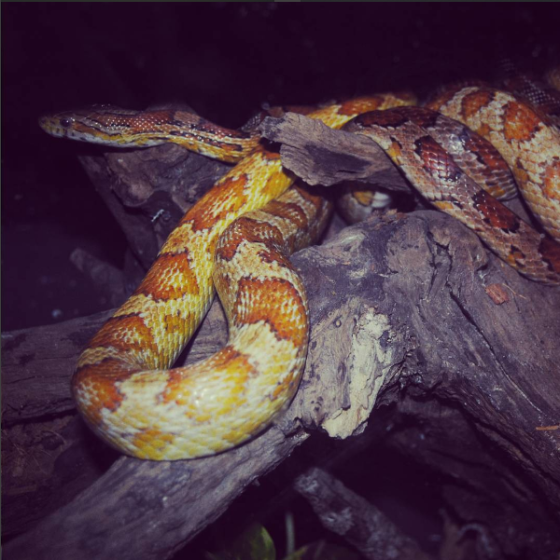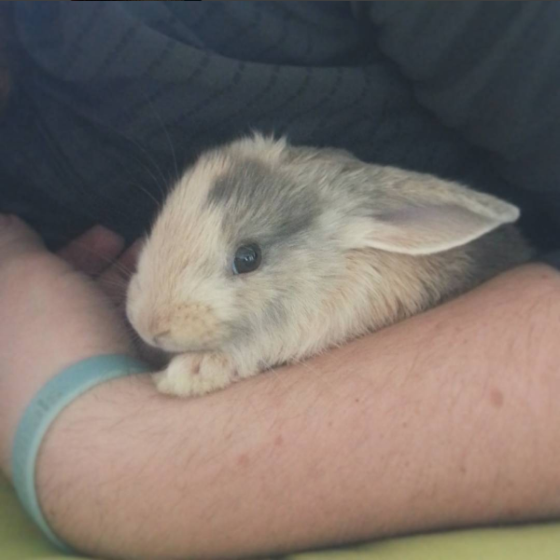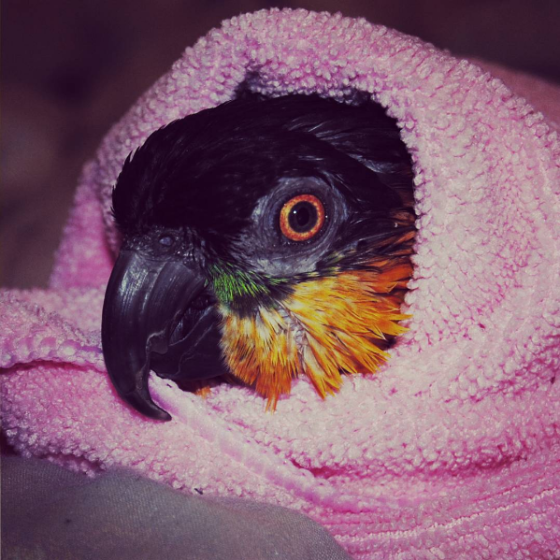
Disclaimer:
I’m undecided about whether I should publish this post. I believe in providing as much information about the treatment of our scaley friends as possible… but it seems like this info could be harmful. Therefore, I urge you to always consult your vet first. I will not say this works. In fact, it did not save my snake’s life. After visiting the vet myself and having many tests performed and forcing a ridiculous amount of medications onto my snake, I felt this was my last and only option… So I’m posting it online with the hope that maybe, maybe, it can save one life.
Please do not let this deter you from taking your reptile to the vet.
There can be many things that cause similar symptoms to arise in your pet and some of them can easily be treated by a professional (at little expense). Please let this be your last option, reserved only for when you’ve exhausted every other possibility.
About Crypto:
I will be using the term “crypto” as a shorthand of the infection Cryptosporidiosis. For more detailed information about this infection, please visit these links: RichmondVets and Arizona Exotic.
Crypto is dreaded among reptile enthusiasts because of it’s ability to wipe out entire collections. It is usually transferred through fecal matter and anything that comes into contact with an infected area (to include water and food bowls, hides, or other decor). The infection is difficult to detect through regular fecal tests because the crypto organism sheds only intermittently. Because of this, any new animals should always be quarantined immediately and strict hygenic processes should always practiced when caring for your reptiles.
Symptoms:
- Loss of appetite or interest in food
- Weight loss
- Regurgitation (often looks like it’s covered in mucus)
- Change in stool (it has been described as similar in appearance to cottage cheese)
- Lethargy
- A firm bulge or swelling in the middle of the body
The cure:
My label “the cure” is misleading. There is no cure. Many vets will resort to euthanasia to prevent loss of quality of life. But please, take your pet the vet anyway. Follow their advice. They are the experts. They can rightfully diagnose crypto in your pet. If you have other pets, you need to consider their safety as well. Quarantine your sickly animal as soon as humanly possible or you may infect the others and risk losing your entire collection.
If you’re like me, and can’t bear to part with your pet, then follow these steps only after you have discussed them with your vet.
- Separate the reptile from the rest (which you should have already done but I’m going to reiterate my point). Put the infected animal in another room.
- Clean the entire tank with bleach. Do not redecorate. Throw away fake plants or unnecessary decor. Do not use it for other animals. If you can’t bear to part with it, bleach those items and leave them outside in the sunlight for a few months. You have to wait for the parasite/oocysts (eggs) to die off, which can take quite a while.
- Lay down paper towels so that the tank will be easier to change and clean. This is going to need to be as close to hospital sterile as we can get it.
- Soak you reptile in a pedialyte (or Gatorade at the very least) solution (I used 1/3 pedialyte and 2/3 water) to allow for rehydration. You’ll probably need to start doing this daily, depending on the severity of the infection.
- Buy what is called “hyperimmune bovine colostrum” (I purchased mine from Synertek, but that was a few years ago).
- Quoted from the study that I supplied below as a source: you can treat the reptile with “six gastric [hyperimmune bovine colostrum] treatments of 1% snake weight at 1-week intervals each.”
- There is a little more research available than I had years back, but what I did was this: I filled a syringe (a small one like these) with the required 1% of body weight, attached a rubber tube (aquarium tubing works well), carefully pried open the snake’s mouth (by pressing on either side of the jaw), inserted the tube to just past the snake’s neck (this is a good pic for reference; I aimed for the spot just past the person’s hand), and slowly empty the contents of the syringe. Once empty, hold the reptile’s mouth closed for a minute to prevent regurgitation.
- Put the snake back into it’s cage on a heat source so he can digest the colostrum.
Even if your reptile shows signs of improvement, you can never reintroduce the reptile to other companions. You will always have to keep him separated from the rest. This may suppress and manage the crypto parasite, but he will always carry it.



